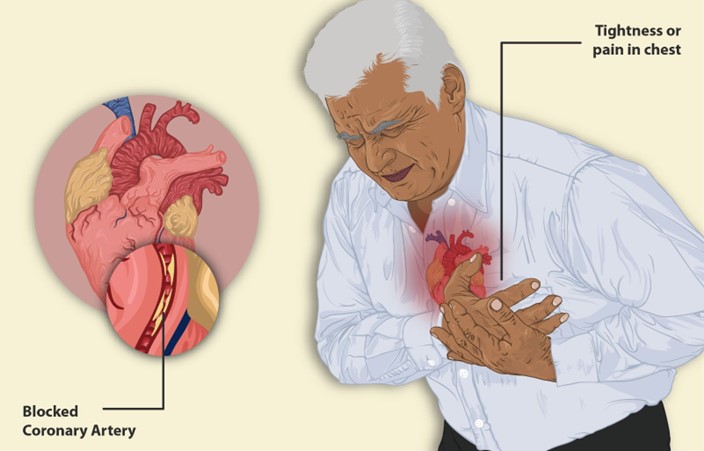A nurse is preparing to administer dabigatran to a client who has atrial fibrillation. The nurse should explain that the purpose of this medication is which of the following?
To slow the response of the ventricles to the fast atrial impulses
To dissolve clots in the bloodstream
To reduce the risk of stroke in clients who have atrial fibrillation
To convert atrial fibrillation to sinus rhythm
The Correct Answer is C
Choice A Reason: This is incorrect because dabigatran does not affect the electrical activity of the heart or the conduction system. It does not slow down the ventricular response to the atrial impulses.
Choice B Reason: This is incorrect because dabigatran does not dissolve existing clots in the bloodstream. It only prevents new clots from forming.
Choice C Reason: This is correct because dabigatran reduces the risk of stroke in clients who have atrial fibrillation by preventing clot formation and reducing blood viscosity. Dabigatran is an anticoagulant medication that prevents the formation of blood clots in the heart and blood vessels. Atrial fibrillation is a condition where the atria beat irregularly and rapidly, which can cause blood to pool and clot in the heart chambers. These clots can travel to the brain and cause a stroke. Dabigatran reduces the risk of stroke by preventing clot formation and reducing blood viscosity.
Choice D Reason: This is incorrect because dabigatran does not restore normal sinus rhythm in clients who have atrial fibrillation. It does not affect the heart rate or rhythm.
Nursing Test Bank
Naxlex Comprehensive Predictor Exams
Related Questions
Correct Answer is ["A","C","D","F"]
Explanation
Choice A: A cervical spinal cord injury can impair the function of cranial nerves, leading to a weakened gag reflex and an increased risk of aspiration.
Choice B:Patients with spinal cord injuries are more likely to experience poikilothermia (difficulty regulating body temperature), but this often results in hypothermia, not hyperthermia, due to the loss of autonomic temperature control.
Choice C:Spinal shock, which often follows a spinal cord injury, can cause decreased or absent bowel sounds due to a temporary loss of autonomic function and decreased peristalsis.
Choice D:Depending on the level and severity of the injury, paralysis can occur, affecting motor function below the injury site. A cervical spinal cord injury may lead to quadriplegia (tetraplegia).
Choice E:Clients with spinal cord injuries are more likely to experience urinary retention, rather than polyuria, due to loss of bladder control and autonomic dysfunction. A foley catheter may be needed initially, followed by intermittent catheterization.
Choice F:Neurogenic shock, a potential complication of cervical spinal cord injuries, can cause hypotension due to the loss of sympathetic nervous system control over blood vessel tone, leading to vasodilation and bradycardia.
Correct Answer is D
Explanation
Choice A Reason: This is incorrect. Anginal pain usually lasts less than 20 min and subsides with rest or medication. Pain that lasts longer than 20 min may indicate a myocardial infarction.
Choice B Reason: This is incorrect. Anginal pain usually responds to rest and organic nitrates, such as nitroglycerin. Pain that does not improve with these measures may indicate unstable angina or a myocardial infarction.
Choice C Reason: This is incorrect. Anginal pain is not affected by the position of the client. Pain that is relieved by sitting up may indicate pericarditis or pleurisy.
Choice D Reason: This is correct. Anginal pain is caused by a temporary imbalance between the oxygen demand and supply of the myocardium. Factors that increase the oxygen demand, such as exertion, anxiety, cold, or heavy meals, can trigger anginal pain.

Whether you are a student looking to ace your exams or a practicing nurse seeking to enhance your expertise , our nursing education contents will empower you with the confidence and competence to make a difference in the lives of patients and become a respected leader in the healthcare field.
Visit Naxlex, invest in your future and unlock endless possibilities with our unparalleled nursing education contents today
Report Wrong Answer on the Current Question
Do you disagree with the answer? If yes, what is your expected answer? Explain.
Kindly be descriptive with the issue you are facing.
